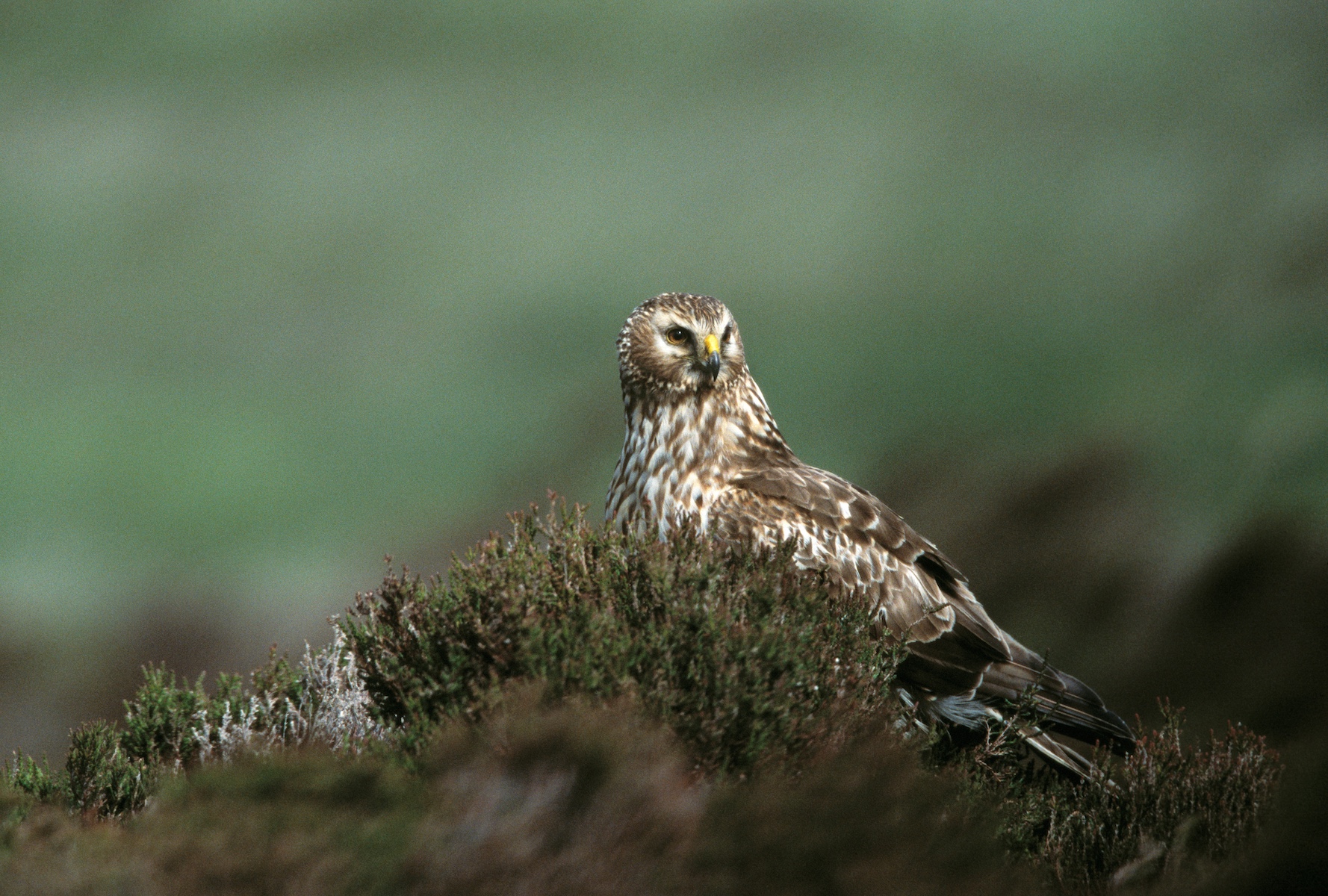JOIN the AFICIONADOS
Get the insider news and lowdown on what we've been up to, where we've been, and who we've met along the way. Be the first to discover new places and get the scoop on our favourites.
A remote collection of islands, a unique ecosystem and a groundbreaking conservation project come together to meet the challenges of the natural world on the Orkney Islands. Located ten miles off the far tip of mainland Scotland, the Orkney Islands are a scattering of rocky islets that pull away from Sutherland in the Scottish Highlands.
A wild, empty and beautifully rugged place, Orkney has been a destination for those seeking solace in these secluded isles. A thriving wildlife tourism industry draws visitors keen to observe nature who appreciate its extraordinary biodiversity. Here, the island is home to a diverse range of endangered breeding seabirds, including hen harriers, curlews, lapwings, and oystercatchers, among many others, alongside smaller creatures such as the Orkney vole – a unique species found nowhere else in the world. Situated on the East Atlantic Flyway, a migration route used by over 155 species, Orkney is also a crucial stopping point for many migratory birds.
However, in a place where human habitation is surprisingly not part of the problem, an intrusive species is creating a real threat to Orkney’s ecosystem. Since 2010, the rapid and accidental breeding of stoats - an invasive, non-native species (INNS) - has been detected on the islands. The risk posed by stoats to the biodiversity on Orkney is enormous – they are fast-breeding, have no natural predators on the islands, and most crucially, prey on birds, eggs and mammals.
Stoats have sadly been truly devastating to Orkney’s wildlife, contributing to as much as 60% of animal extinction. This critical and fast-evolving threat needed fast action, and the Orkney Native Wildlife Project (ONWP) was set up, a unique, world-first partnership between the RSPB, NatureScot and the Orkney Islands Council. With these powerhouses combined to provoke action, change came about quickly using innovative new methods such as conservation detection dogs to pick up the scent of the stoats, allowing their nests to be found and humane traps to be set.
The largest project ever to be put in motion, the Orkney Native Wildlife Project, shows that, four years in, this ambitious scheme delivers positive results, indicating Orkney’s wildlife is recovering. The good news shows significant increases in successful nesting attempts of the hen harrier, endemic voles are showing signs of recovery and nest success is three times higher for the curlew and oystercatcher.
While several fluctuating factors may contribute to the successful increase of these birds and mammals, the constant has been the removal of over 6,000 stoats. The final stage of the project seeks to eradicate the last remaining stoats from the islands, allowing nature and wildlife to flourish. This, in turn, allows Orkney’s tourism industry to continue to thrive, helping the local economy and further conservation efforts.
Anne McCall, director of RSPB Scotland, comments, “This is a success story for conservation against the backdrop of a nature crisis pushing more of Scotland’s wildlife to the brink. Working in partnership on the biggest project of its kind ever attempted, we are restoring the natural balance to Orkney.”
For the people of Orkney, the stoat population is a worrying threat to their livelihoods, as many rely on wildlife tourism to sustain their businesses. It has involved a collaboration on a vast scale, working with over 900 landowners. The success of this project is of international interest – all eyes are on Orkney as it completes the final stage.




